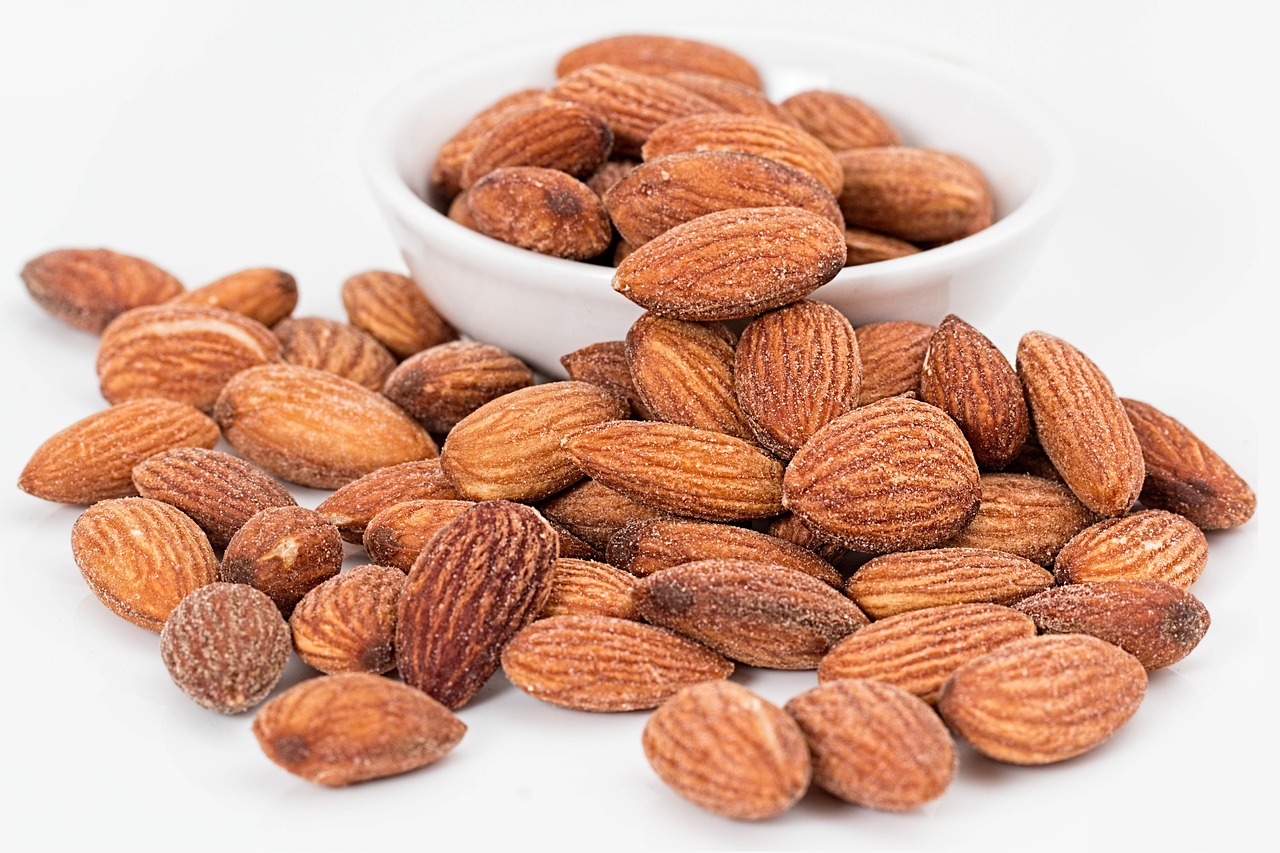“`html
The low-carb diet has emerged as one of the most popular nutritional strategies to manage weight and improve health. By prioritizing foods that are low in carbohydrates while emphasizing proteins and healthy fats, many find this approach effective for both weight loss and overall well-being. In this blog post, we will explore the fundamentals of the low-carb diet, its benefits, potential drawbacks, and practical tips for those looking to embrace this lifestyle.
What is a Low-Carb Diet?
A low-carb diet reduces carbohydrate intake in favor of protein and fats. Carbohydrates are found in foods like grains, legumes, fruits, and vegetables. Lowering carbohydrate consumption typically aims to reduce reliance on glucose for energy, prompting the body to enter a state known as ketosis. Here’s what you need to know:
Types of Low-Carb Diets
- Keto Diet: Extremely low in carbs, often below 20 grams per day, pushing the body into ketosis.
- Atkins Diet: A phased approach, starting with a very low-carbohydrate intake building up gradually.
- Paleo Diet: Focuses on whole foods that our ancestors would have eaten, limiting grains and processed foods.
Common Foods to Include
- Meat and poultry
- Fish and seafood
- Eggs
- Non-starchy vegetables (e.g. spinach, broccoli, kale)
- Nuts and seeds
- Healthy fats (e.g., olive oil, avocado)
Benefits of a Low-Carb Diet
Many individuals have adopted low-carb diets due to their potential health benefits. Here are some compelling reasons:
Weight Loss
- Low-carb diets often trigger a rapid loss of water weight.
- They can reduce appetite, which results in lower calorie intake.
Improved Blood Sugar Control
- May help manage blood sugar levels, especially beneficial for individuals with diabetes.
- Studies show that low-carb diets can enhance insulin sensitivity.
Heart Health Benefits
- Low-carb diets can improve cholesterol levels and reduce triglycerides.
- They are associated with lower blood pressure.
Potential Drawbacks of a Low-Carb Diet
While low-carb diets are beneficial for many, they may not be suitable for everyone. It’s crucial to consider potential downsides:
Nutrient Deficiencies
- Limiting carb intake can lead to lower consumption of fruits and whole grains, which are rich in essential nutrients.
- It’s important to ensure that you compensate with other nutrient-dense foods.
Side Effects
- Some individuals may experience fatigue, headaches, and irritability, commonly referred to as “keto flu,” especially during the initial transition.
- Constipation may occur due to lower fiber intake.
How to Successfully Implement a Low-Carb Diet
Transitioning to a low-carb diet doesn’t have to be overwhelming. Here are some practical steps for getting started:
Plan Your Meals
- Focus on protein sources: Incorporate chicken, fish, tofu, or legumes into your meals.
- Include healthy fats: Avocados, nuts, and olive oil can keep you satisfied.
- Choose low-carb vegetables: Stock your pantry with leafy greens and non-starchy options.
Listen to Your Body
- Monitor how you feel during the transition.
- Experiment with different food combinations that keep your energy levels high.
Conclusion
The low-carb diet can be a powerful tool for weight loss and improving health markers when appropriately followed. By understanding the foundational aspects, benefits, and challenges, you can make an informed decision on whether this diet aligns with your lifestyle and wellness goals. Remember to consult with a healthcare professional or a registered dietitian before making significant changes to your dietary habits, especially if you have underlying health conditions.
“`






